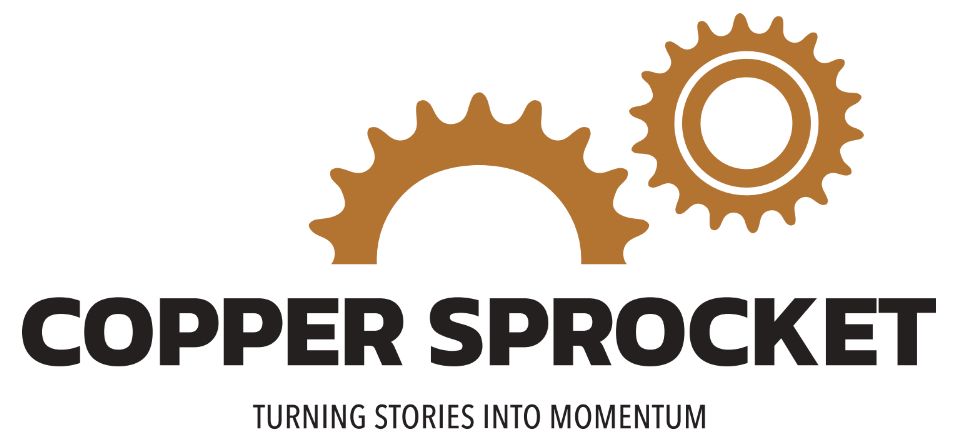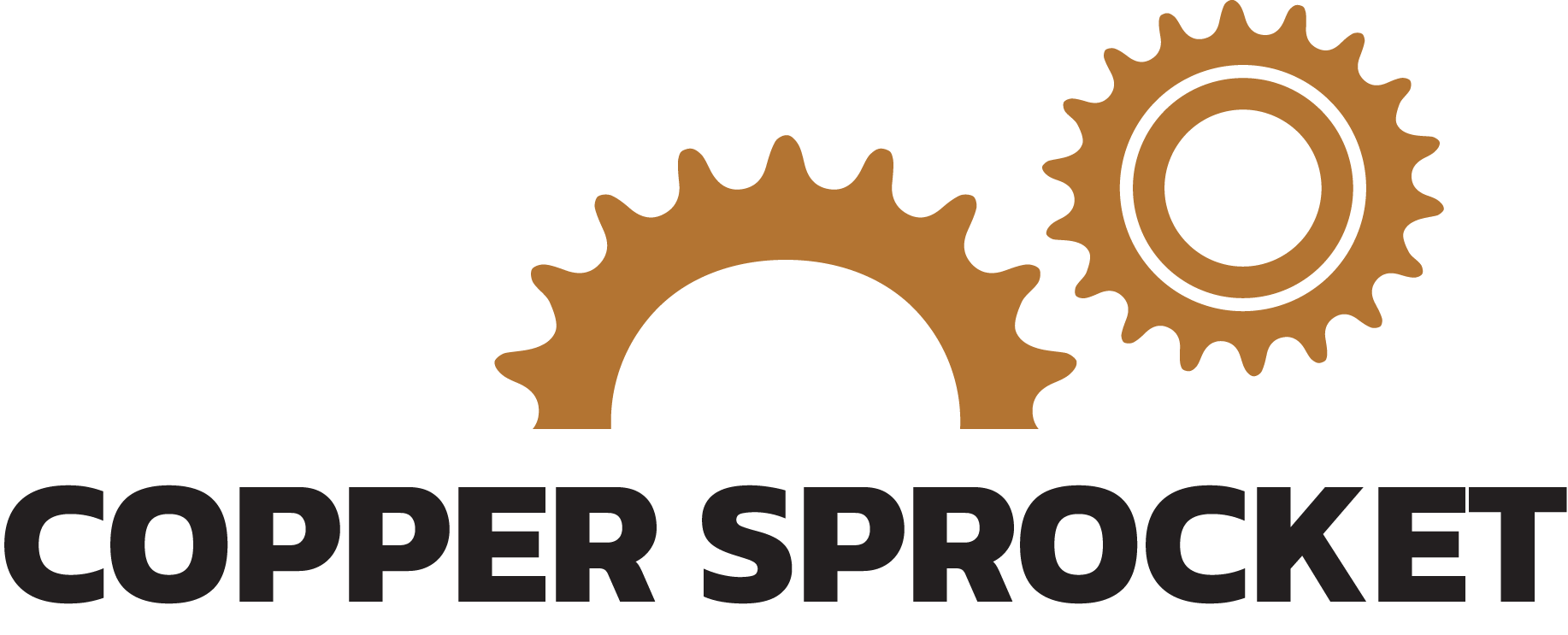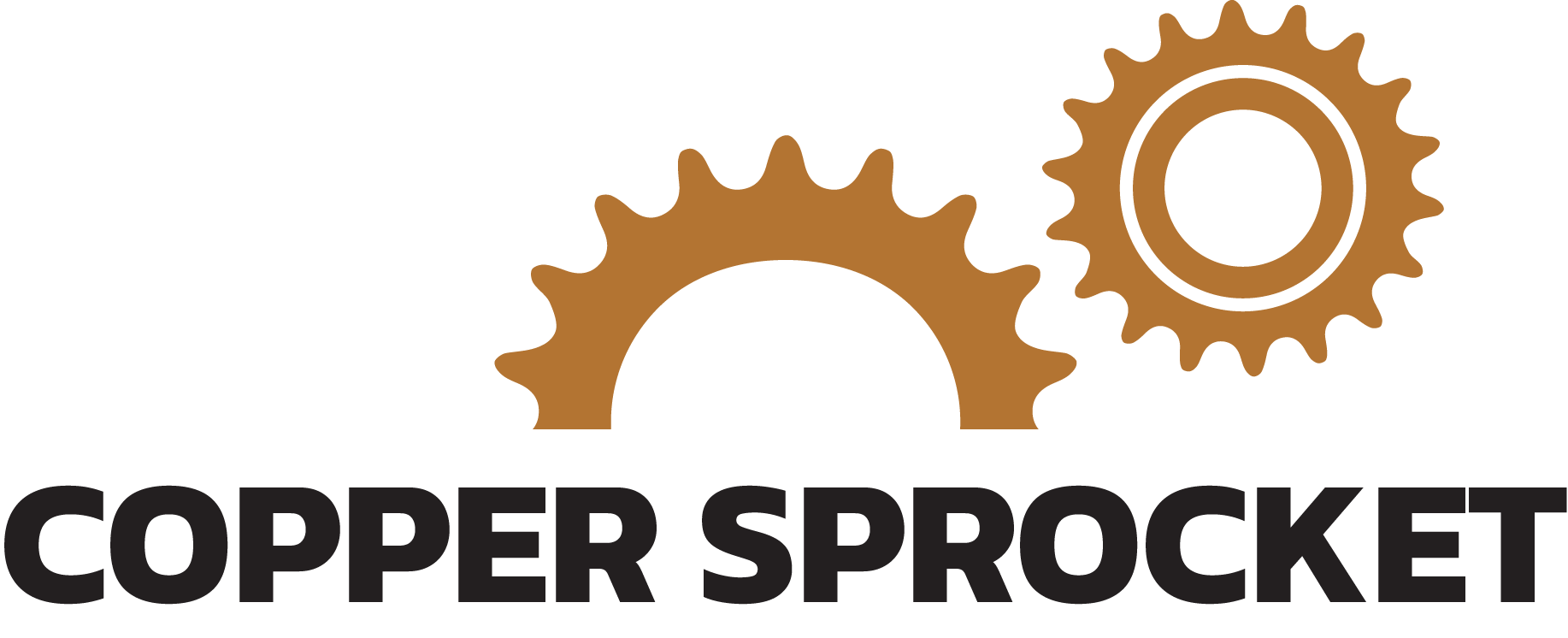Why Optimizing Video Content with Keywords is Essential for Your Marketing Strategy
In today’s digital landscape, video content is king. But did you know that even the best video content might be overlooked if it’s not optimized properly? As a business owner or marketer, you likely understand the importance of creating content that resonates with your audience. But what if your content isn’t reaching the right people? That's where optimizing video content with keywords becomes crucial.
In this post, we’ll explore how keywords work for video content, how to optimize your videos for better visibility, and the benefits of doing so. By the end, you’ll know exactly why keyword optimization is vital and how to implement it in your video strategy to improve reach and engagement.
Why Keywords Matter in Video Marketing
When we talk about SEO (Search Engine Optimization), most people think about blog posts or web pages. But did you know that video content can benefit from SEO too? Video platforms like YouTube, LinkedIn, and Facebook are more than just places to watch content—they’re powerful search engines.
Here's how it works: These platforms transcribe the audio from your videos (although not perfectly). By doing this, they can identify relevant keywords and recommend your content to users based on what they’re searching for. Even if you’re not explicitly optimizing your video for search, the platforms still rely on these transcriptions to determine relevance.
This makes it clear that
optimizing your video content with keywords is essential for improving visibility and helping your videos reach the right audience.
How Video Transcription Helps Search Algorithms
You might be wondering how video transcriptions help improve visibility. It’s simple: search algorithms rely on transcriptions to identify keywords in the content. When someone uploads a video to platforms like YouTube, the platform uses automatic transcription software to detect key phrases and words, then categorizes and tags the video accordingly.
This is where strategic
keyword placement comes into play. If you don’t optimize your video with the right keywords, you risk your content being poorly categorized or not being seen by the right people. The more precise and relevant your keywords are, the more likely your video will appear in relevant searches.

How to Optimize Video Content with Keywords: A Step-by-Step Guide
Now that we understand the importance of keywords in video marketing, let’s look at how to optimize your video content effectively.
Step 1: Research the Right Keywords
Start by conducting thorough keyword research. Identify words and phrases that are highly relevant to your audience and the content you’re producing. Use tools like Google Keyword Planner, SEMrush, or even YouTube’s autocomplete feature to find keywords that resonate with your target market. Make sure to include long-tail keywords that specifically target your niche.
Step 2: Incorporate Keywords Into Your Video Script
Once you have your keywords, it’s time to integrate them into your video content. Plan your video script with SEO in mind. Incorporate keywords naturally within the dialogue, but don’t overstuff them. The key is to keep the content flowing naturally while still targeting your audience’s search intent.
Step 3: Write Optimized Video Titles, Descriptions, and Tags
After your video is shot and ready, don’t forget to optimize the metadata. Write a compelling video title that includes your focus keyword and clearly communicates what your video is about. Use a detailed description with relevant keywords that explain the video’s content in more detail. Also, include tags that highlight the video’s main topics, and don’t forget to add location-based or industry-specific keywords.
Step 4: Add Captions/Subtitles
Captions and subtitles are crucial for making your video accessible and improving SEO. Many platforms use captions as part of their transcription process, which improves keyword identification. Plus, captions allow people to watch your video with the sound off, increasing engagement.
The Benefits of Optimizing Video Content with Keywords
Increased Visibility and Reach
By optimizing your videos with the right keywords, you increase the chances of being found through search. Keywords help platforms understand your content, allowing them to suggest your video to users who are searching for similar topics. This increased visibility leads to greater audience reach, and ultimately, more opportunities for engagement.
Improved User Engagement
Videos that are aligned with what users are searching for tend to get more interaction. With proper keyword optimization, you increase the chances of your content being shared, liked, and commented on. And when users engage with your video, it signals to the platform that the content is relevant, further boosting your visibility.
Better Analytics and Insights
When your videos are optimized for search, you gain better insights into which keywords and topics resonate with your audience. This data can be used to refine future content strategies and continue improving your video marketing efforts.

Common Mistakes to Avoid When Optimizing Video Content
Even though keyword optimization is vital, it’s important to avoid some common mistakes:
- Keyword Stuffing: Avoid overloading your video content with keywords. This can make the content feel unnatural and lead to penalties from search engines. Focus on relevance, not frequency.
- Neglecting Metadata: Don’t just focus on the video content itself. Video descriptions, tags, and titles are just as important. Many marketers overlook these, which can hinder video discovery.
- Ignoring Mobile Viewers: With a significant portion of video views coming from mobile devices, make sure your videos and keywords are mobile-friendly. Consider how users will engage with your video on smaller screens.
Conclusion
Optimizing video content with keywords is no longer optional—it's a necessary step to ensure your content reaches the right people. By strategically using keywords, you can increase visibility, boost engagement, and ultimately drive more traffic to your business.
If you’re ready to take your video content strategy to the next level and get more eyes on your videos, I’d love to help.
Book a call today, and let’s talk about how we can create a customized video marketing strategy that works for your business.
Book a call with me today
If you’re looking to improve your video marketing and drive more targeted traffic to your content,
book a call with me today. Let’s chat about how we can optimize your videos and build a stronger connection with your audience.













